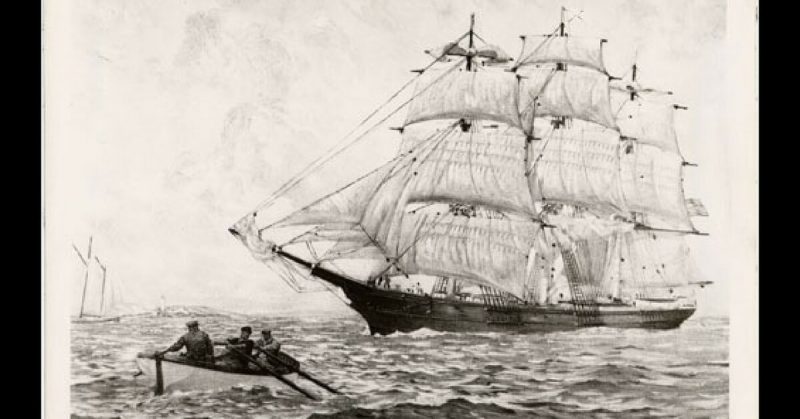A year after the start of the American Civil War, a slave helped turn the tide of the fighting around Charleston Harbor. He was Robert Smalls, an expert seaman and ship’s pilot.
His tale began many years before the war. He was born into slavery in 1839, in Beaufort, South Carolina. He lived there until 1851 when he was sent to Charleston to work as a laborer, with his earnings going to his master. It was there he discovered a love for the sea and found work on the docks. Through perseverance, he eventually became a wheelman. Over the next ten years, Smalls became an expert pilot, with an in-depth knowledge of Charleston Harbor and the surrounding area.
When the Civil War broke out in April 1861, Smalls was pressed into working on the small gunboat CSS Planter. She lay mines up and down the harbor, mapped out the terrain, and transported supplies, ammunition, and dispatches. She had a slave crew, apart from three Confederate officers who commanded the vessel. The crew did their work well, and Smalls earned the trust of the three officers.
The slaves toiled under a system that reduced them to mere property. They dreamed of escape. They could see the Union blockade of ships at the mouth of the harbor, just 7 miles away which represented freedom.
In April 1862, after a year at war, Smalls developed a plan to escape.
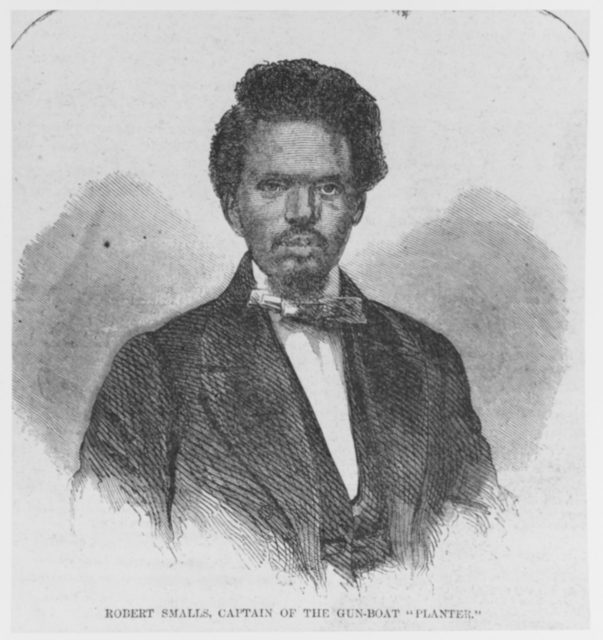
On May 12 the Planter took on about 200 pounds of ammunition, 20 cords of firewood and four cannons which were to be transported to a fort the next morning. That night the ship was moored near General Ripley’s headquarters, as usual. The three officers departed to have dinner with the General, and spend the night on land. They trusted Smalls enough to leave him to tend the ship and prepare it ready for work the next day.
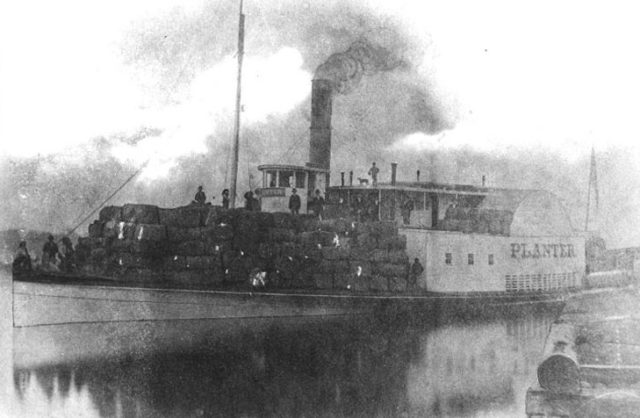
That night Smalls launched his plan. The Planter quietly slipped anchor and silently pulled away from the pier. She started up her steam engines and began heading down river. The families of the crew had been hiding on board a nearby ship, and they were picked up. Then they made their way towards the mouth of the harbor. They still had four Confederate checkpoints to evade.
As they pushed further down the river, the first checkpoint loomed into view. Smalls was wearing the Captain’s coat and straw hat, knowing that seeing the Planter without its distinctive captain would immediately arouse suspicion.
He cautiously sounded the steam whistle signal as he passed the first checkpoint. Everyone on board held their breath. They knew that any mistake would mean certain death. The soldiers on the shore, not being able to make out who it was behind the wheel, waved the small gunboat through. She was often sent out on night time minelaying missions, and seeing her pass was not unusual.
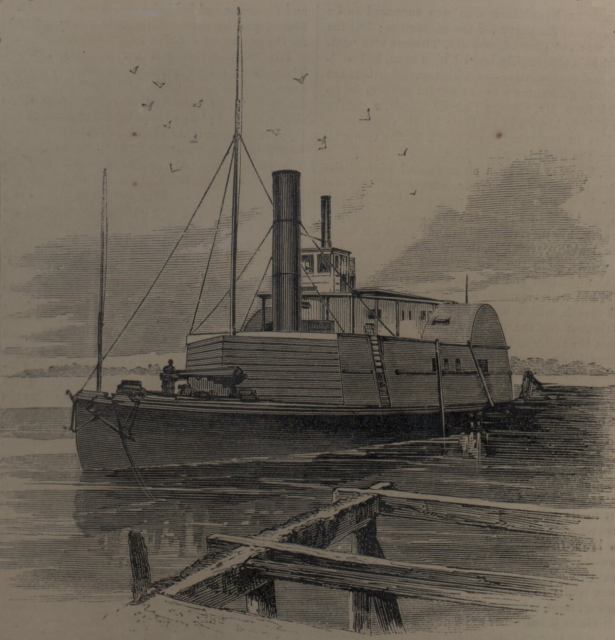
They were through the first hurdle. Three more to go before they reached the blockade. The next two checkpoints also went without incident. As the small ship approached Fort Sumter at 4.30 in the morning, the crew could see cannons peering out over the water. If they were discovered, they would be blown out of the water.
Smalls stood on the forward deck with his arms crossed as he had seen the captain do many a time. As they approached the Fort, the Planter sounded the steam whistle signal. A few agonizingly long seconds later and the Fort answered in the affirmative. They were free!
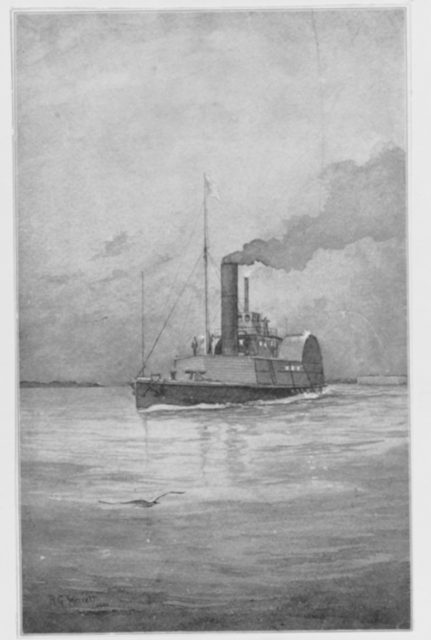
When they judged they were out of Fort Sumter’s range, they lowered the Confederate colors and flew a white bed sheet as a surrender flag. A Union ship, the USS Onward, commanded by John Frederick Nickels, spotted the small gunboat and prepared for battle. She swung herself into a firing position and was about to let loose when a sailor spied their white flag.
Nickels looked at the Planter through his spyglass. To his amazement he saw, not a Confederate gunship coming to attack, but a paddle steamer with African-American men, women, and children dancing and waving on the deck.
Nickels boarded the Planter and Smalls offered the ship and his services to the Union. He went on to supply vital information to Union forces, pilot a number of Union ships and helped create the first unit of freed slaves in the United States military.
This brave man, born into servitude, went on to serve in the United States Congress.
